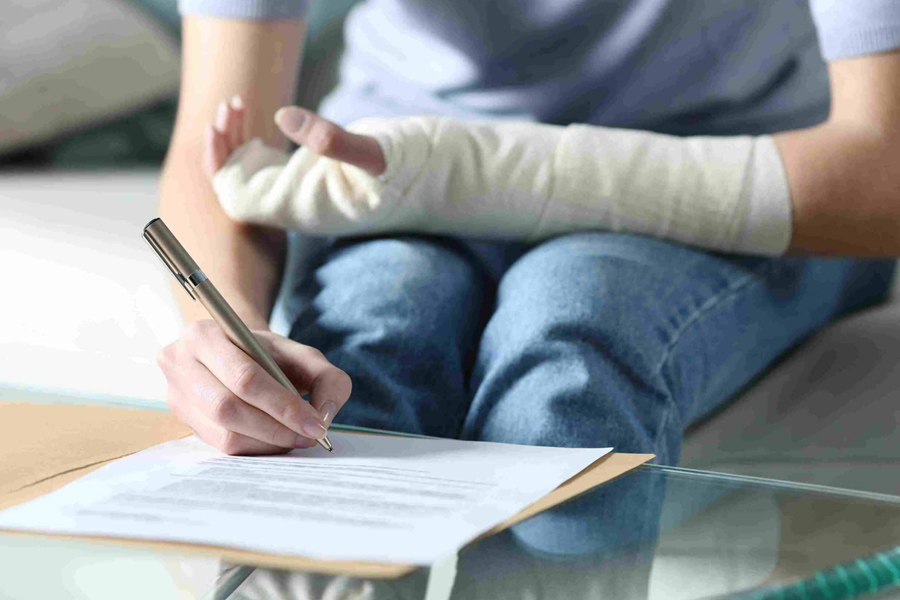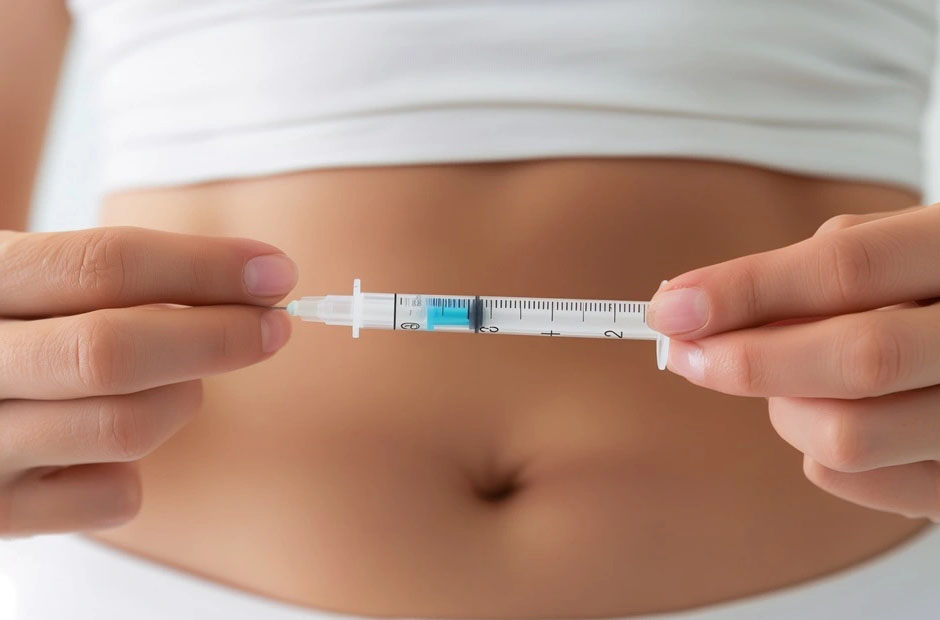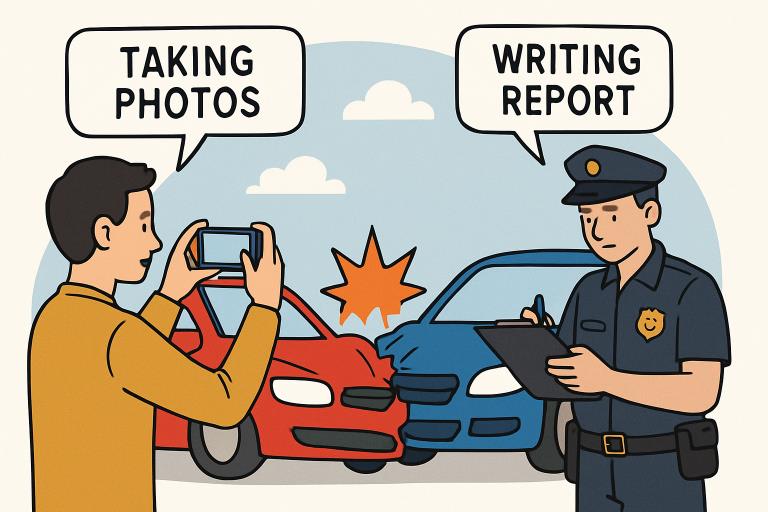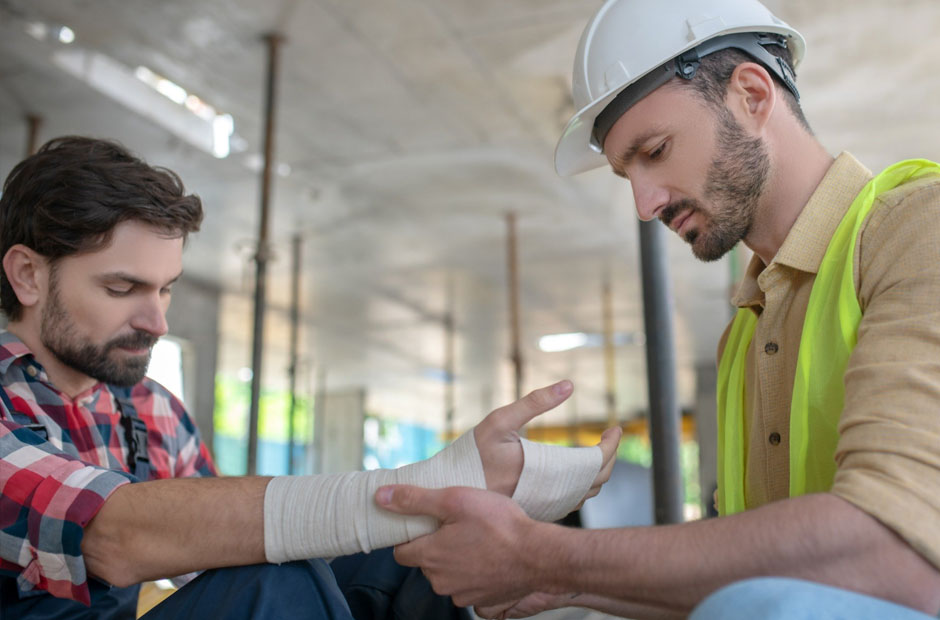Now Reading: Why Documenting Injuries Immediately Helps Your Case
-
01
Why Documenting Injuries Immediately Helps Your Case
Why Documenting Injuries Immediately Helps Your Case

Establishing a Timeline
Think of a timeline like a movie cut sheet: the clearer the edits, the easier it is to follow the story. When you document injuries immediately — photos, notes, timestamps, witness names — you create an unbroken sequence that shows exactly when and how things unfolded. That sequence becomes the spine of your claim, especially if memories blur or accounts diverge later; a well-kept timeline anchors your version of events in objective detail.
Strengthening Credibility
Immediate documentation signals seriousness and reliability. When a medical record lines up with a contemporaneous photo and a day-by-day symptom log, the whole claim reads as coherent and believable, not improvised after the fact.
Preserving Evidence
Physical signs of injury are ephemeral: bruises fade, swellings subside, scuffs and marks vanish. Capturing high-quality photographs from multiple angles within hours — or even minutes — preserves the visual truth before it changes. Photos, videos, and dated receipts act like freeze-frames in time that can’t be argued away.
Facilitating Medical Evaluation
Doctors and therapists make better decisions when they have a clear incident history. Immediate notes about how pain began, how it evolved, and what influenced it give clinicians the context they need to diagnose, treat, and document the injury accurately. That documentation, in turn, becomes medical evidence that insurers and legal counsel rely on.
Supporting Legal Claims
Legal strength often comes down to clarity and proof. A file folder with dated photographs, emergency-room notes, a witness statement, and a contemporaneous account is far more persuasive than a memory reconstructed weeks later. Early documentation reduces the chance that gaps or inconsistencies will undermine your position when attention turns to liability and damages.
Enhancing Communication
Insurance adjusters and lawyers appreciate clean, well-organized records because they cut through noise. When you deliver a concise packet of evidence — photos, contact info for witnesses, a symptom journal, and medical visit notes — you make it easier for professionals to evaluate your claim, which can speed up case handling and reduce misunderstandings.
Avoiding Disputes
Many disputes arise not from the facts themselves but from how they’re recorded and presented. Immediate documentation closes off avenues for disagreement: time-stamped photos, dated logs, and witness contact information leave less room for alternate narratives. The clearer your record, the fewer corners there are for conflict to hide in.
Building a Strong Case
A strong case is cumulative: single pieces of evidence rarely win, but a layered record — visual proof, medical files, witness statements, and consistent personal logs — forms a persuasive mosaic. Acting quickly shows you’re organized and intentional, and that effort translates into credibility when decision-makers evaluate the claim.
Guidelines for Effective Documentation
- Take photos from multiple angles and distances; include contextual shots that show surroundings and close-ups that show injury detail.
- Use your phone’s timestamp or a separate dated object in the frame to reinforce when the photo was taken.
- Write a short, immediate note: what happened, where, approximate time, who was present, and your first symptoms. Keep it factual and avoid speculation.
- Collect witness names and contact information right away, and ask them to jot down their recollection while it’s fresh.
- Seek medical attention as soon as possible and make sure each visit is recorded — diagnoses, tests, prescriptions, and treatment plans all matter.
- Keep every receipt, bill, or related document (transportation, medical supplies, lost wages) in one folder or a scanned digital file.
- Maintain a daily symptom log for at least the first several weeks, noting changes in pain, mobility, sleep, and treatment responses.
- Back up digital files to cloud storage and keep physical copies organized in a single envelope or binder.
FAQ
How soon should I document an injury after it happens?
Document immediately — take photos and notes within minutes to hours, and seek medical attention as soon as it’s safe to do so.
Are smartphone photos acceptable as evidence?
Yes; clear, timestamped smartphone photos are commonly accepted and can be highly persuasive when paired with medical records.
What should I include in a symptom diary?
Record date and time, description of pain or limitation, activities that made it better or worse, medications taken, and any medical appointments.
Do I need witness statements right away?
Yes — collecting witness names and brief written accounts while memories are fresh strengthens your record and prevents later memory drift.
Will early documentation influence my medical care?
Providing clinicians with immediate, detailed information helps them diagnose and treat more accurately, which benefits both health outcomes and documentation.
Should I keep receipts and bills?
Always keep receipts for medical expenses, transportation, and related costs — they support claims for out-of-pocket losses and lost wages.





















